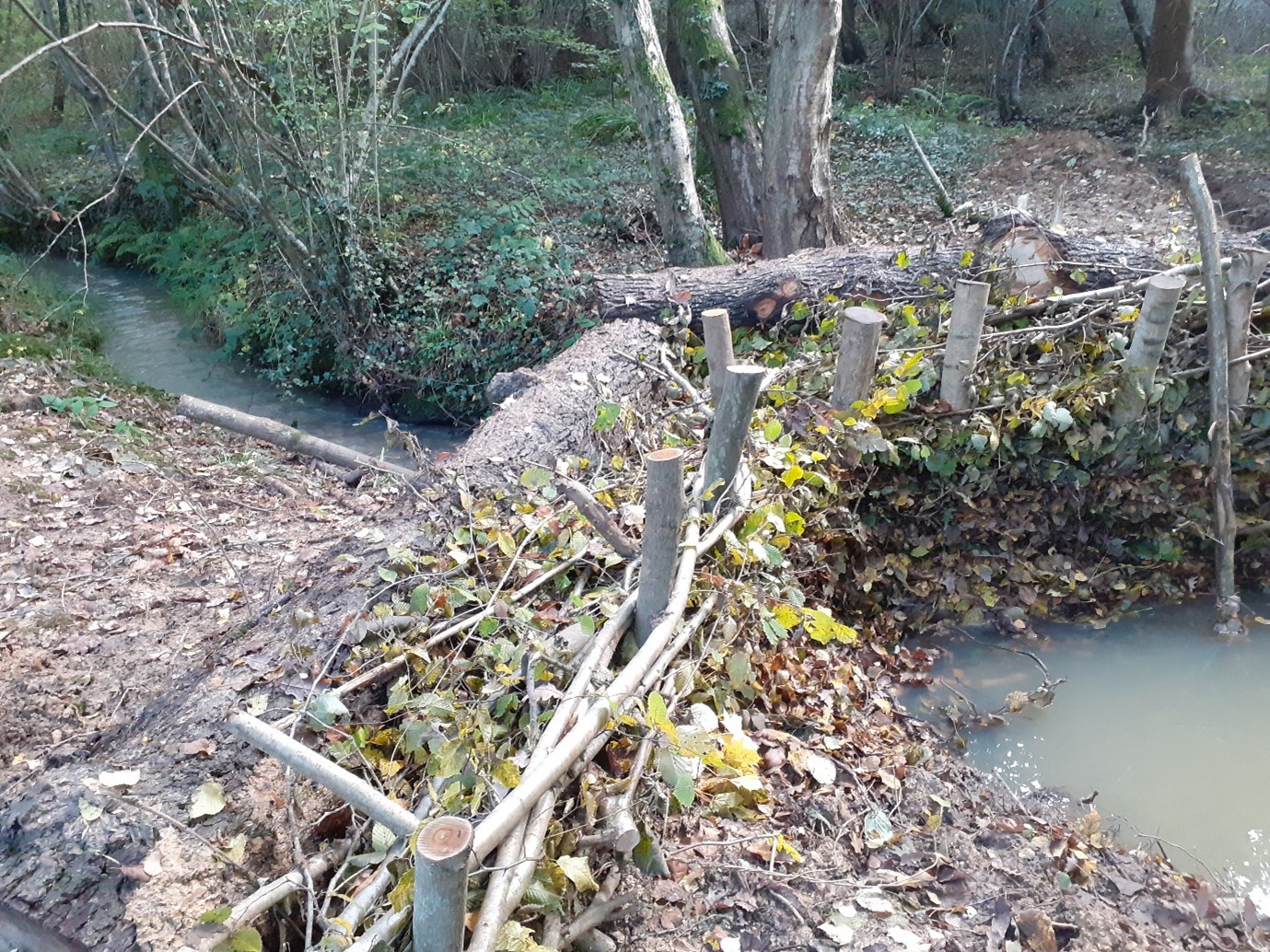
The High Conservation Value approach
The HCV approach was developed by FSC in the 1990s to help identify, manage and monitor critically important values in production landscapes. The HCV approach has since been widely adopted by certification schemes for other forest commodities and across other productive landscape such as agriculture and aquaculture.
There are six categories of HCVs:
- HCV 1: Species diversity
- HCV 2: Landscape level ecosystems
- HCV 3: Ecosystems and habitats
- HCV 4: Ecosystem services
- HCV 5: Community needs
- HCV 6: Cultural values
For a full description of the HCV categories, see the HCV Resource Network.
Under Principle 9 forest managers or owners are required to maintain or enhance the High Conservation Values in the Management Unit through applying a precautionary approach.
The full range of issues covered within the four Criteria under Principle 9 are:

-
Criterion 9.1
Engaging with affected and interested stakeholders to assess and record the presence and status of HCVs within the Management Unit.
-
Criterion 9.2
Developing effective strategies that maintain and/or enhance the identified HCVs through engagement with affected stakeholders, interested stakeholders and experts.
-
Criterion 9.3
9.3 Implementing strategies and actions that maintain and/ or enhance the identified HCVs through a precautionary approach.
-
Criterion 9.4
Demonstrating that monitoring is carried out to assess changes in the status of HCVs, and adapting management strategies to ensure their effective protection.
(For the full text of each Criterion, see the Principles and Criteria.)
For FSC Forest Management certificate holders, compliance with these requirements is assessed by independent certification bodies using the set of indicators adapted to national, regional or local conditions in the applicable approved forest stewardship standard.
What does this mean in the UK?
Indicators adapted to the UK context are contained in our national forest stewardship standard, familiar to most forest managers as the UK Woodland Assurance Standard, or UKWAS. UKWAS uses the term ‘high conservation value’ in a narrower and more traditional sense to refer to areas and features of ecological and biodiversity interest, effectively HCVs 1-4, but while they are described in different terms HCVs 5 and 6 are still given the same protections.
The UK is fortunate to have an extensive network of biological Sites of Special Scientific Interest (SSSIs, in England, Scotland and Wales) and Areas of Special Scientific Interest (ASSIs, in Northern Ireland). These are taken as surrogates for HCV 1 and HCV 3, and there are requirements for forest managers or owners to refer to these and other national and regional statutory designations. Requirements also call for on the ground assessments and engagement with statutory bodies and other relevant organisations such as wildlife trusts:
- Indicator 9.1.1 Areas and features of high conservation value having particular significance for biodiversity shall be identified by reference to statutory designations at national or regional level and/or through assessment on the ground. [UKWAS 4.1.1(a)]
- Indicator 9.1.2 There shall be ongoing communication and/or consultation with statutory bodies, local authorities, wildlife trusts and other relevant organisations. [UKWAS 4.1.1(c)]
In addition to formally designated sites, given the scarcity of semi-natural woodland in the UK, all ancient woodland sites are considered to be priorities for conservation. Ancient woodland sites are sites which have been under continuous woodland cover since before AD 1600 in England, Wales and Northern Ireland or since before AD 1750 in Scotland. These sites are considered to be HCV 3, regardless of whether they currently carry semi-natural woodland (ancient semi-natural woodland, ASNW) or plantations of native or non-native species (plantations on ancient woodland sites, PAWS), because of the remnant features which may be present, such as woodland specialist flora, veteran trees or deadwood.
- Indicator 9.1.3 Ancient semi-natural woodland shall be identified by reference to published maps and/or by assessment on the ground. [UKWAS 4.2.1(a)]
- Indicator 9.1.4 The owner/manager shall maintain and enhance or restore features and areas of high conservation value within plantations on ancient woodland sites. [UKWAS 4.3.1(a)]

In the UK’s highly modified landscapes, there are no Intact Forest Landscapes or other large landscape-level ecosystems and mosaics. Therefore, HCV 2 is not currently considered to be present. In relation to critical ecosystem services categorised under HCV 4, areas of importance are those that contribute to watershed management or erosion control. These include forests upstream of public water supplies, areas liable to flooding or forests on steep slopes above settlements or infrastructure where there is a risk to local communities or the environment.
There are very few circumstances under which local communities are dependent on forests for their basic necessities in the UK context, with the notable exception of private water supplies. These are considered to be the only instance of HCV 5 for the UK. Most features of critical cultural importance for local communities covered under HCV 6 are likely to be protected by various statutory and non-statutory designations, such as Scheduled Monuments. However, there may be some features of particular local significance, such as sites or trees associated with figures from history or folklore, which can only be identified through engagement with communities.
Once HCVs have been identified, there are requirements under Criterion 9.2 and 9.3 to ensure forest managers or owners develop strategies to maintain and enhance these through engagement with affected stakeholders, interested stakeholders and experts, for example:
- Indicator 9.3.2 Statutory designated sites shall be managed in accordance with plans agreed with nature conservation agencies, and shall be marked on maps. [UKWAS 4.1.1(d)]
Forest managers or owners are required to implement the precautionary approach in their strategies and actions regarding HCVs. This encourages management to take a gradual approach or adapt actions if previously unknown sites or features of conservation value or special cultural and historical significance are found during operations. Monitoring requirements outlined under Criterion 9.4 also aim to ensure management planning is revised if strategies and actions are not leading to the required outcomes:
- Indicator 9.4.3 The owner/manager shall take monitoring findings into account, particularly during revision of the management planning documentation, and if necessary shall revise management objectives, verifiable targets and/or management activities. [UKWAS 2.15.2]
Further guidance and information on identifying and managing HCVs in the UK context can be found in the National HCV Framework for the UK.
Have your say
If you have any questions or comments about FSC’s forest management requirements in the UK, feel free to get in touch.
